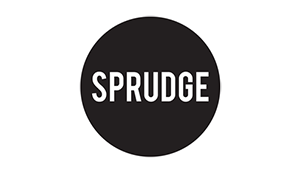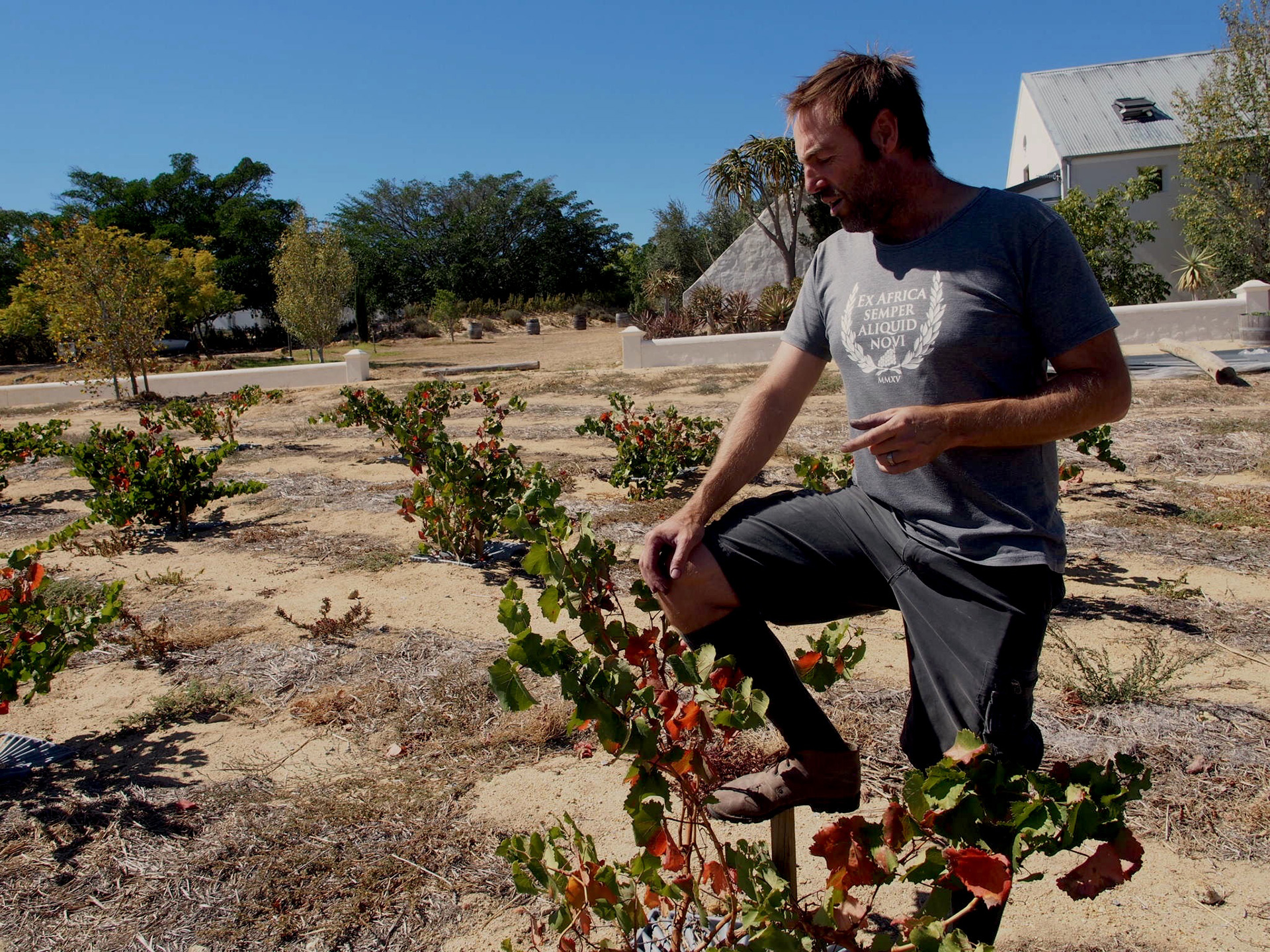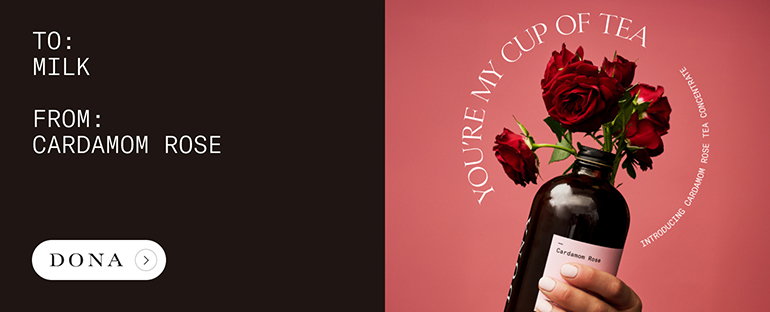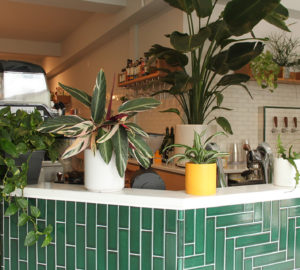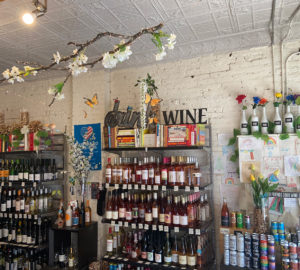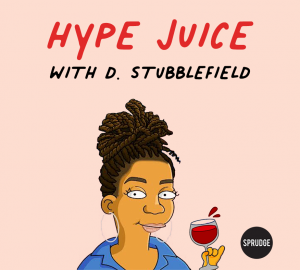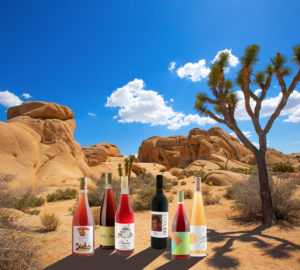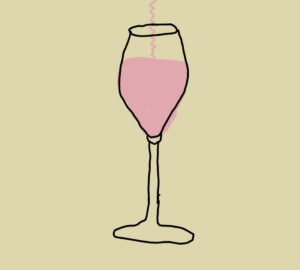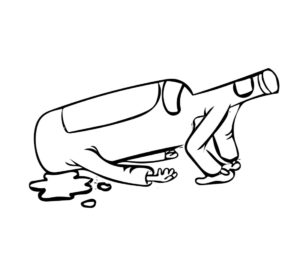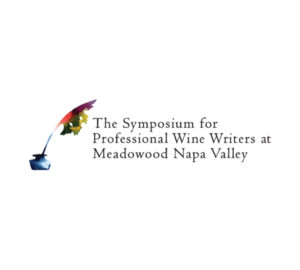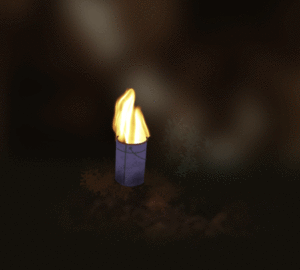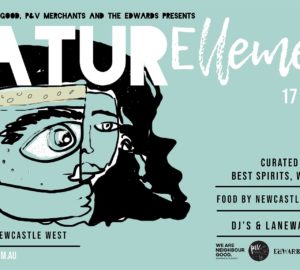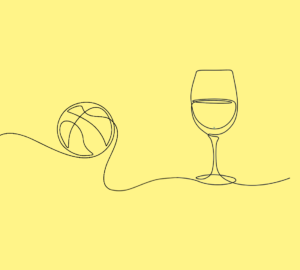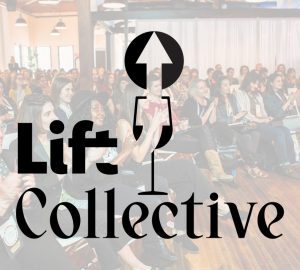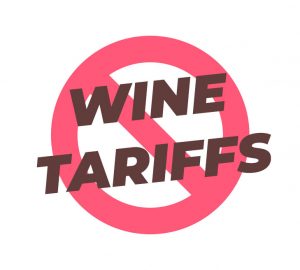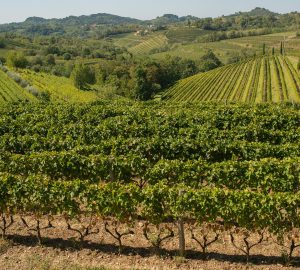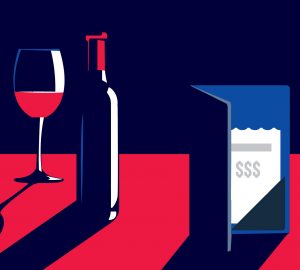Eben Sadie stands on a small patch of South African terroir in the heart of the Swartland. It’s early March, in that particular period when summer begins to brush shoulders with autumn. He has one foot up, resting on a peg in the ground.
For Sadie, though, this isn’t just a piece of land. It’s the future. Planted in 2016 and now sprouting a number of young vines, it’s the vineyard he’s planted for posterity. The vineyard for his grandchildren.
“By doing this,” he says of its cultivation, “I’ll be able to see what’s on the other side. This plant is a mystery. Without the young, we don’t have the old.”
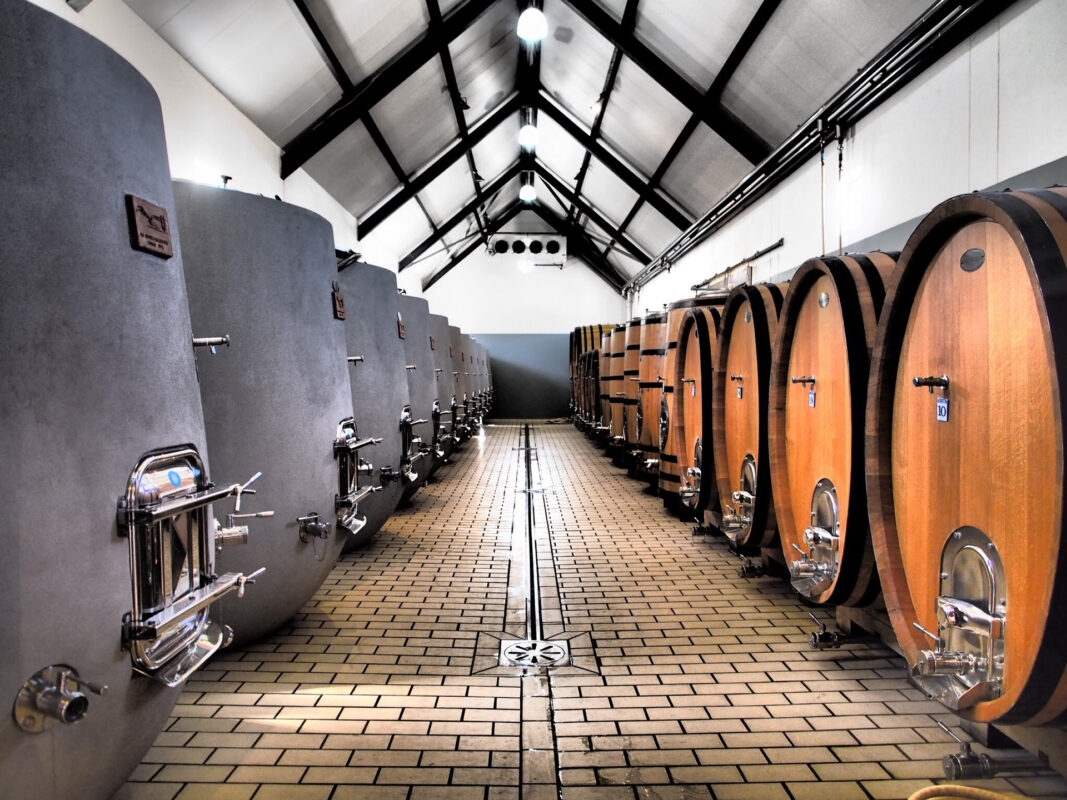
Sadie is world-renowned for his work reviving old vineyards. But here, on this plot, he is building something new. Here are vines of Garnacha Tintorera with massal and clonal selections of Cinsault. This is crucial to ensure field diversity and to study vines and wine. After all, Eben is interested in the truth, not just back-label stories.
For the same reason, he is planting a vast diversity of grape varieties, out of deep curiosity for what will suit these soils and climate. The list extends to massal and/or clonal selections of Carignan, Grenache, Terret Noir, Counoise, Negroamaro, Aglianico, Agiorgitiko, Tinta Francesca, and Bastardo, to name a few. The 18 bottles the new vineyard currently produces each year is Sadie’s way of giving the present a voice.
Sadie gives me a crash course on the soils in the Swartland. They are hugely varied and enough to get any soil geek excited. They range from the Paarderberg’s granite and decomposed granite, to the blue slate of the Porseleinberg (where Callie Louw makes his deep Syrah with its soulful tannins), to the red schist/slate of the Riebeeck mountain (which he compares to the Northern Rhone and to Priorat), to the alluvial soils of Darling that produce fine grained and elegant wines (like those of Pessac), to the deep, iron rich soils to the North of Malmesbury (comparable to the Terra Rossa of Barossa), to the pure chalk of Dwarskersbos—producing wines with the highest acid and saline notes (this is where the Skerpioen vineyard is found), to the decomposed sandstone of Piketberg, which Sadie feels is the most exciting of the lesser explored regions.
His baby vines, here on decomposed granite, are planted to 1,350 vines per hectare. Each vine is planted with a little square shape called an Altyas, which provides a dynamic, 360-degree space. These conserve soil moisture, prevent the growth of competitive weeds, translocate rain to their roots and homogenize soil temperature for better root growth development. All of Sadie’s vines, whether young or old, are dry farmed, which is crucial. “The moment you start irrigating, the vintage is nullified,” he says. “Life’s tough. You’d better get used to it quick.”
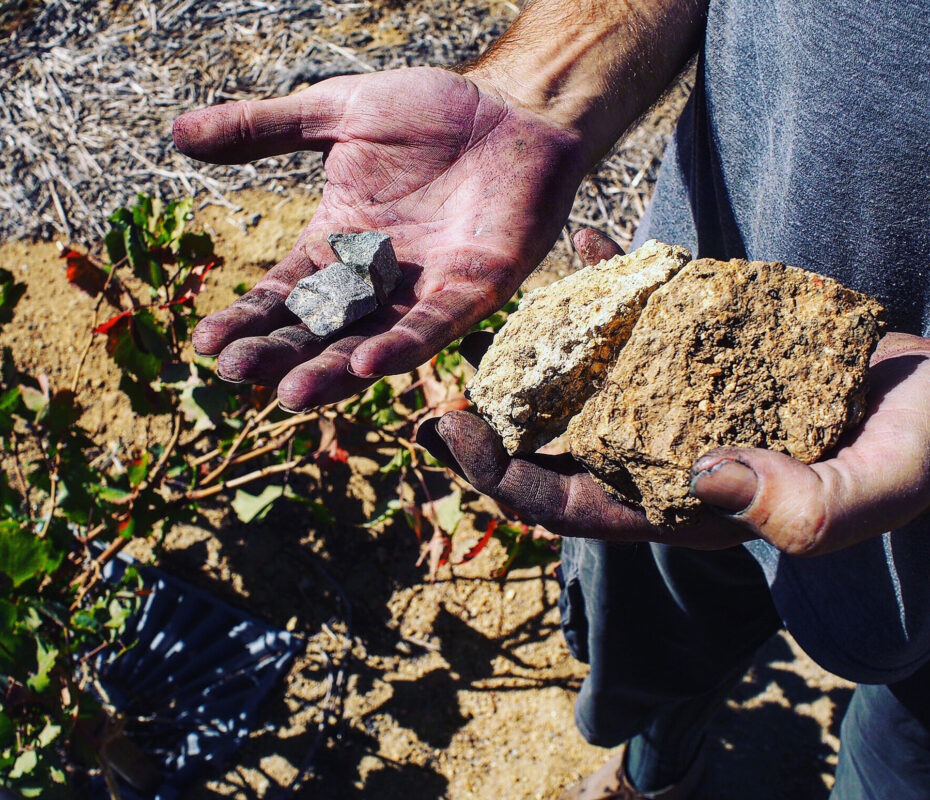
This man knows his vines and his soils. It is overtly evident that this is what he was born to do. However, he wasn’t always so firmly rooted here. This is a person who has travelled the world in pursuit of fine, terroir-expressive wine.
To this, he is utterly devoted. Standing in his big, airy, open living room at home there is a collection of empty bottles that most could only dream of having tasted. It is a gallery of all that wine can be, in all of its guises. Clos des Papes sits next to the Scholium Project.
Back when Sadie was still traveling from region to region, he carried out two harvests per year for several years. This saw him cross from France to Germany to Austria, and from California to Oregon before settling in Priorat to found Terroir Al Limit with Dominik Huber, when he began with some fruit purchasing and a borrowed corner of the cellar at Cims de Porrera. It’s a partnership that has greatly contributed to the expansion of terroir expressive winemakers in Spain, having been born in an era where Robert Parker was still very much heralded.
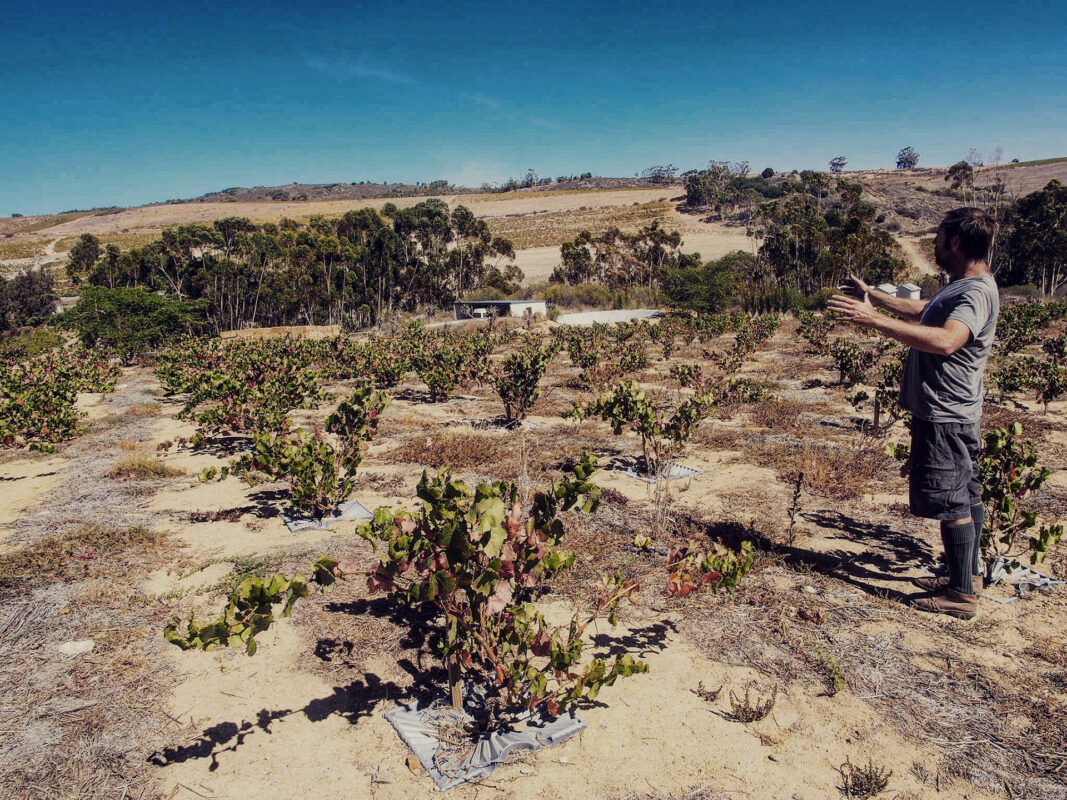
Sadie stepped back from his role in Priorat a few years ago to concentrate on his home here in the Swartland. “The Swartland caught me,” he says. “20 years ago, I didn’t believe that the wine or the soil here was better—you must always be honest about yourself and about wine—but, I came back here for the soils, the vast amount of old vines, no water, no irrigation, and no people,” at this he chuckles. “I always wanted to find something that I love as much as I love surfing. I have that here.”
In his Columella cellar, the wines rest in oak barrels for 12 months, with what Sadie describes as, “deep compressed tannin.” They need to breathe here for a year to prevent the tannins becoming sinister. He introduces just four new barrels per year, all of which spend 60 months dry-aging. After this, they spend 12 months in foudres, after which they are bottled, aged for a further eight months and released when ready. “I used to make wine like you make coffee,” he says. “Now I make it like you make tea. Extraction has become fusion.”
Next door is the Palladius room. Here we have all sorts of white grape varieties such as Chenin, Marsanne, Roussanne, Clairette, Viognier, Palomino, and friends sleeping in cement and local South African amphorae. For years, Sadie wanted to make whites that could stay in oak, but he found that oak disrupts whites.
“These vessels respect the wine,” he says, but it took him a while to get them right. “At first, when you start making wine, you imitate. But now, this feels African. I want this to be African wine sleeping in this cellar. The shiny nervous and reductive wine goes into the eggs. The overweight, bloated wine goes into amphorae.”
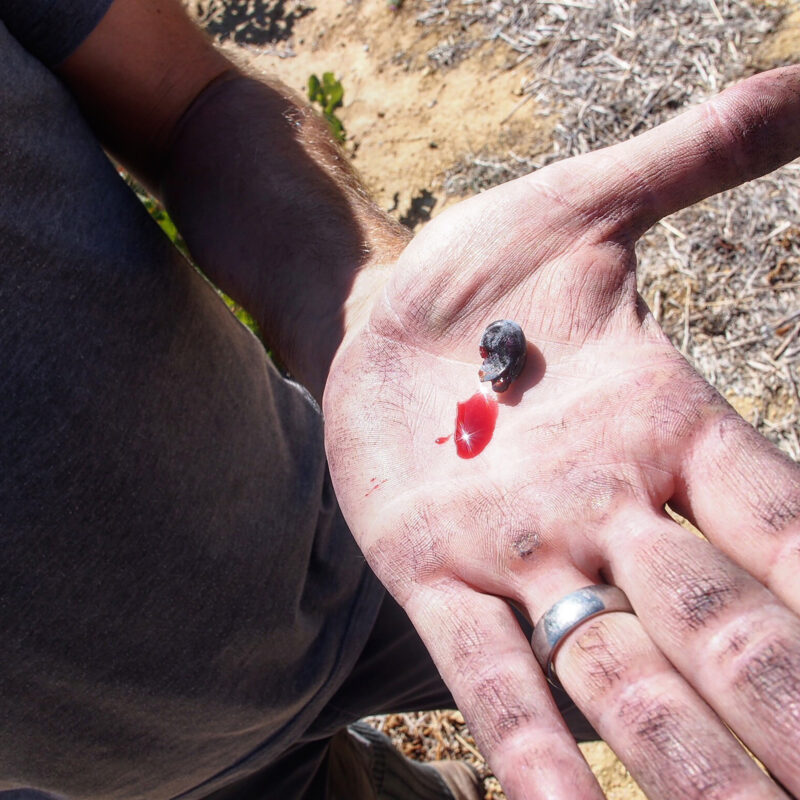
Into the main winery we come across the Die Ouwingerdreeks wines, his Old Vine Series constituted of wines from single old vineyards across the Cape that have been rescued from unfortunate but likely deaths. Due to smaller yields from older vines, economics become a problem for many, and so many of these vineyards tragically get ripped up and replanted.
They all have their own distinct personalities and are treated differently. Soldaat, for example, sits in concrete where it ferments and ages. “This is where it will spend its life,” Sadie says. Treinspoor, on the other hand, can be sinister, and doesn’t let you in. It’s like the quiet guy at the end of the bar, the one that doesn’t say anything.
“Meanwhile,” Sadie says, “Pofadder—he is the guy at the bar buying everyone drinks and dancing with the girls.”
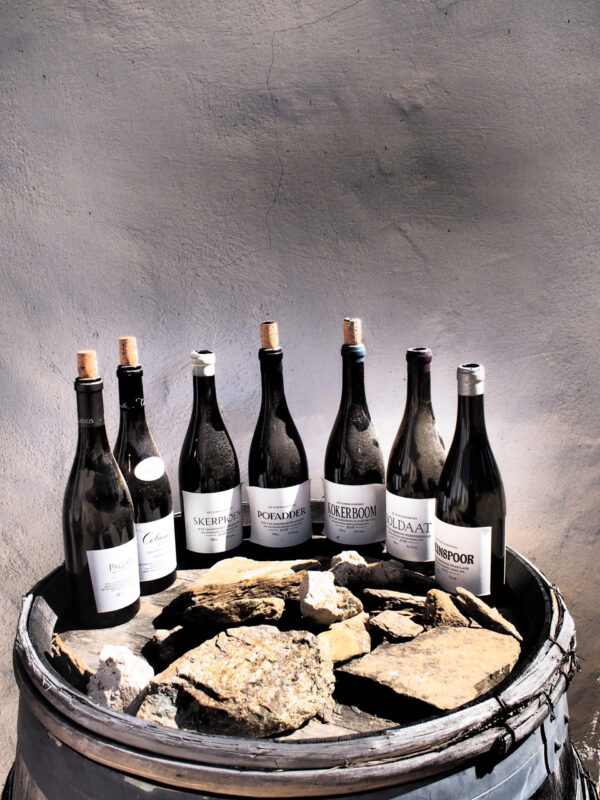
Climate conditions are becoming a problem in the Swartland. The severe drought in 2018 and in recent vintages means that vines are suffering. Instead, they turn to acid and break it down, “like drinking Red Bull.” It’s a worry for the future.
Sadie’s vineyards are tended with great care. He is a farmer, overseeing an astonishing 48 vineyards of a total 36 hectares with yields at about 20-25 hl/ha.
Over lunch, we tasted a 2010 vintage of Columella, Sadie’s original wine. It has a dense, iron-clad nose, with bramble skin, black cherry skin, and a garrigue-like edge, with dried rosemary shining through. On the palate, it has a backbone of iron and dusty mouth coating tannins, with a rose petal, thyme, cocoa nib, and fresh licorice finish.
We returned to Sadie’s house, where we tasted some of his Die Ouwingerdreeks wines. Below are some notes from that tasting:
SOLDAAT 2016, Grenache (with a scattering of white grape varieties also, just 2-3% of the vineyard), planted in the 70s, from the Piekenierskloof on decomposed granite.
This wine has a captivating nose of violet and rose oil. It tastes like dust-rolled cherries, with a tense grippiness and such depth behind the fruit profile. It has brooding undertones underneath the cherry flesh and a distinct earthy savouriness. It has a gentle lilac and rose edge, with some wild strawberries on the finish.
POFADDER 2016, Cinsault, planted in 1966, on slate soils, on the western side of the Kasteelberg Mountain.
When first in the glass this wine has a nervous tension and energy. “Like a towel that is coiled up,” Sadie says. It develops to show bright red currants, cherry notes and cranberry, with a light dusting of white pepper with a sappy edge. It is so aromatic. “For me,” Sadie says, “it still smells like it’s on the vine. This year it’s almost as though it’s still not a wine. It wants to remain a grape.”
TREINSPOOR 2016, Tinta Barocca, planted in 1974, on decomposed granite and sandstone.
Deeply perfumed and brooding, dense dark blackcurrant juice notes with Parma violets. There is fresh tobacco with both wet and dusty earth. It is almost Nebbiolo-like in its enticing tannin structure. It is a heady, nighttime wine—the kind of wine you want to go midnight swimming in. For Sadie, 2016 is the first vintage of this that he is happy with, and the first wine he has gotten to know. “Before,” he says, “it was like driving on sand, and now it is like being on the highway.”
Columella 2015, a blend of old vineyards of Syrah, Grenache and Mourvèdre, with the remainder Cinsault, Tinta Barocca, and Carignan.
Blackberry seeds, lead pencil, white pepper and even almond skin. It is lifted, bright, expressive, still so young, a little nervous and tight but proudly confident in itself and its Swartland backbone. There is a lovely smoked meat side here, almost like bone marrow and Iberica ham. This is moving in an exciting direction.
T’VOETPAD 2016, a field blend of Semillon blanc and gris, Palomino, Chenin Blanc, and Muscat of Alexandria, planted between 1900 and 1928.
It’s really rare that a wine brings tears to your eyes but this one does. It has a beautiful soul, a deep rumbling power and electric energy. It is, for lack of another word, somewhat magical.
SKURFBERG 2016, Chenin Blanc, planted 1950s in the Skurfberg Mountains, decomposed sandstone.
A tightly-wound white smoky nose, with poised reduction. There is tangy, salt-dusted lemon rind with fresh pineapple and fresh basil. It is pulpy and zesty on the palate, giving but with tension. Somewhat mysterious still, it is slightly shy. “There are wines that give energy, and there are wines that take energy,” Sadie says. “This is a taker.”
MEV KIRSTEN 2016, Chenin Blanc, believed to be the oldest Chenin Blanc vineyard in South Africa, planted in 1905. Decomposed granite, sandstone, quartz and clay.
This is a truly special little vineyard that sits in Stellenbosch. “It’s actually an urban vineyard,” Sadie says. When he first began working with the vineyard, it was dying and struggling, with tiny yields. Now it has picked up. “If you love something for long enough, it will love you back,” he adds. “It’s really absorbing the life in Stellenbosch. Hey, if I was a vineyard there I would come back to life!”
The nose of this wine is bright, tight, lifted and full of a gentle, teasing energy. Deeply mineral with a quiet palate, it’s nervous and very much not ready to be out of its bottle yet. It’s a wine that sighs and needs time, but the potential here is outstanding.
PALLADIUS 2015
The first wine that came from the new Palladius cellar. Sadie is happy with this, whereas he says the 2016 is electric. This is an overview of the Swartland, what the area can do for white wine. It is deeply comfortable in itself as wine, with passionfruit pith, lime pith, rock salt and a broad-shouldered salinity and that smoky note of dusty soil.
The day with Sadie was a day spent as deep in wine as you can get without actually putting your feet in a vat. The Swartland is as old as old can be, and although vinifera hasn’t been here for centuries and centuries, it is very much at home in this part of the world, and so it will continue to be, expressing its soils in the hands of the people dedicated to it.
